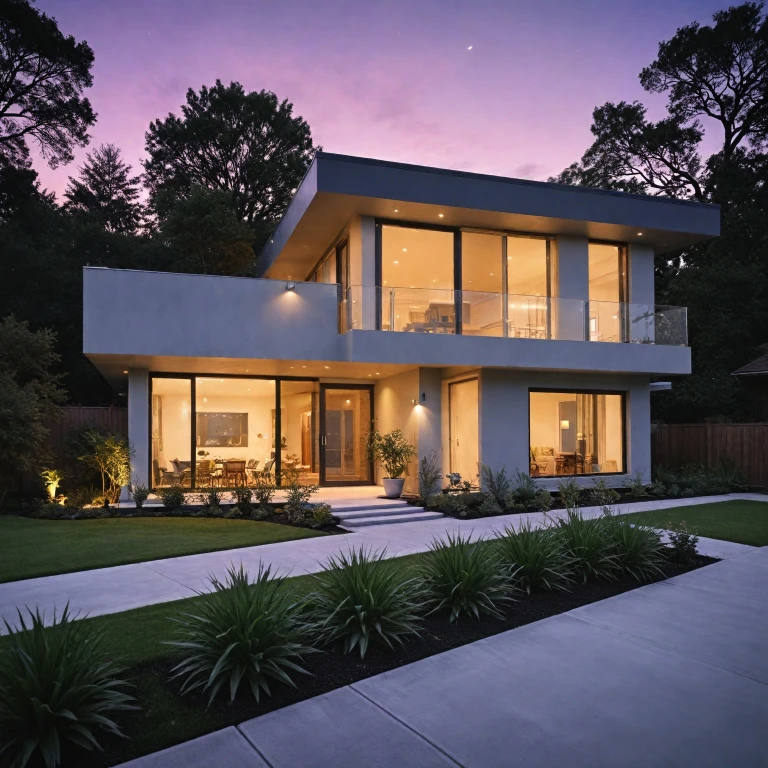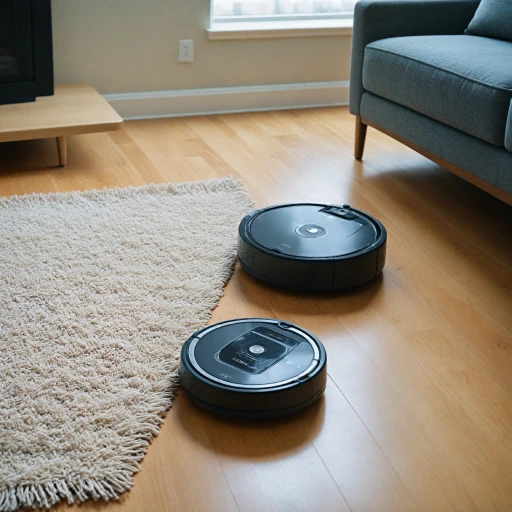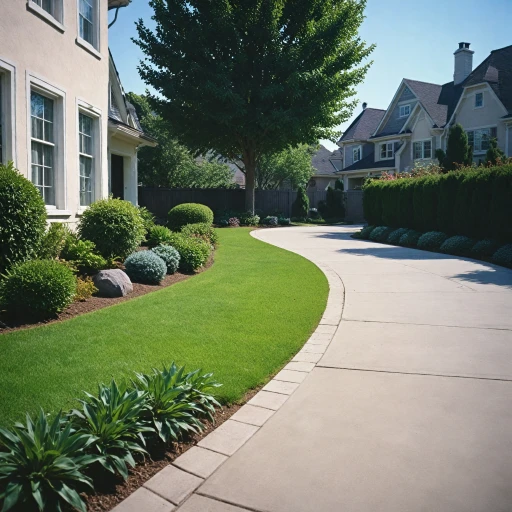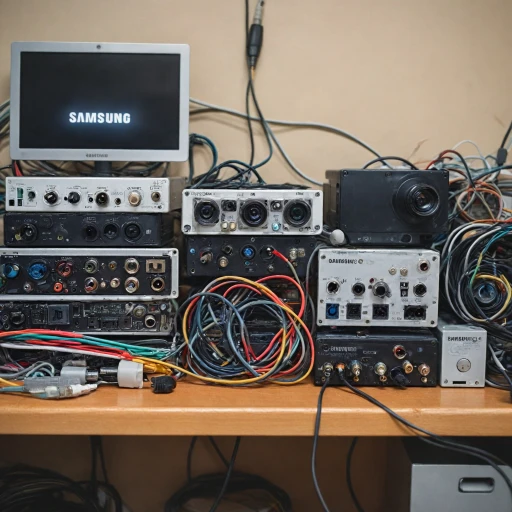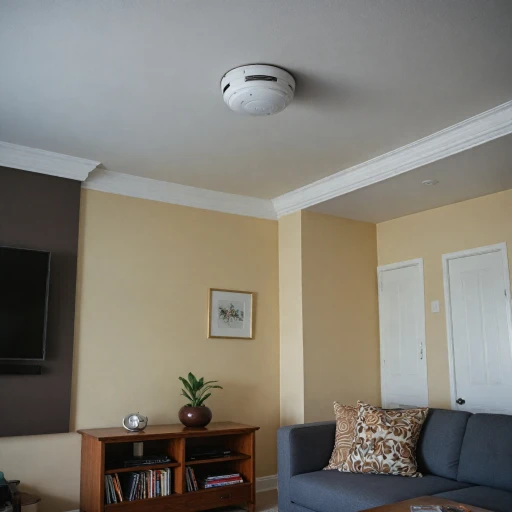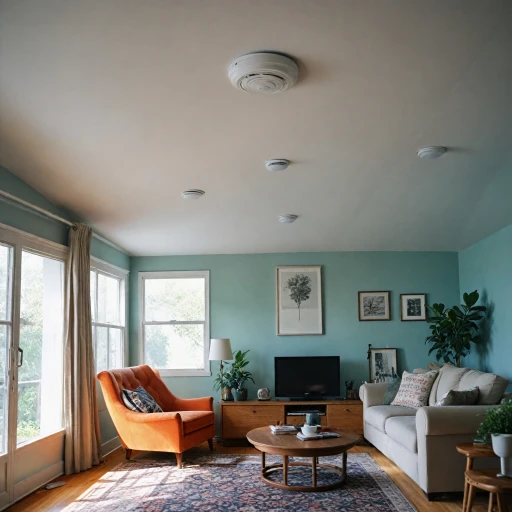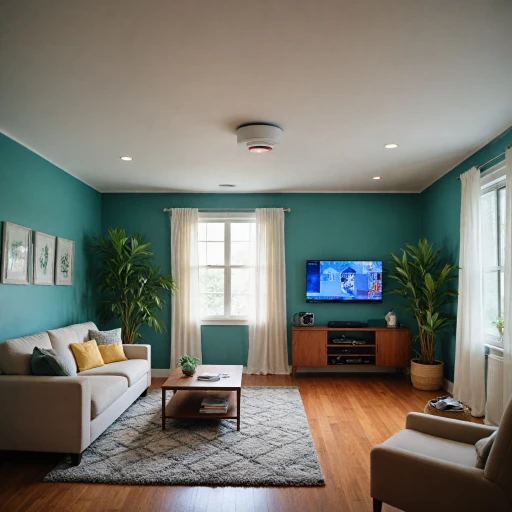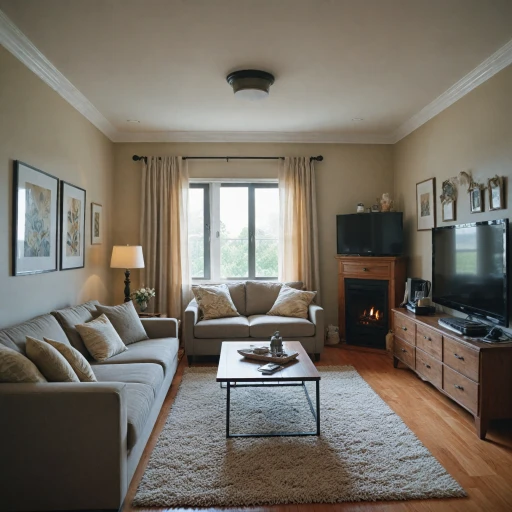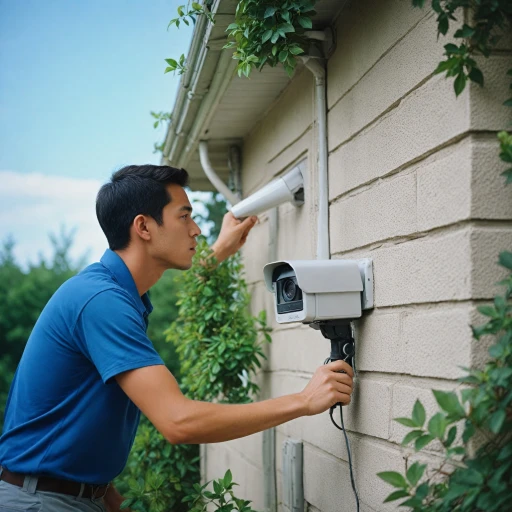
Understanding Cellular Surveillance Cameras
Delving into the Concept of Cellular Surveillance Cameras
Imagine a world where your security cameras are not tied down by cumbersome wires or rely on a traditional internet connection. Welcome to the realm of cellular surveillance cameras. These innovative devices are reshaping how we approach home security, offering unparalleled flexibility and reliability. Cellular cameras operate using a SIM card, similar to your smartphone, connecting to the cellular network for data transmission. This allows them to function without the need for Wi-Fi, making them an excellent choice for locations where internet access is limited or unavailable. They serve as a robust option for outdoor security, fitting seamlessly in places like rural properties, construction sites, or vacation homes. Wireless and effortlessly adaptable, these cameras are often battery-powered or equipped with a solar panel, ensuring they remain operational even during power outages. Consider top-tier options like the Arlo Pro or Nest Cam, which offer superior battery life and advanced features like motion detection and color night vision. Such features enable these devices to capture crisp, clear video, ensuring no detail goes unnoticed even in low light conditions. Unlike traditional systems, cellular cameras communicate through mobile networks, effectively eliminating traditional wiring and simplifying installation. The convenience of easy set-up is paired with the ability to integrate with smart home systems. Many models offer compatibility with Amazon Alexa or Google Nest, allowing you to control your cameras with voice commands or through a centralized smart system. For those seeking to further explore the versatility of these devices, this guide on camera cubes for home security delves into innovative configurations and applications. As a burgeoning field in security technology, cellular surveillance cameras represent a new frontier where mobility and functionality meet, crafting a flexible, reliable system to suit a variety of security needs. With options providing wireless connectivity, substantial battery life, and smart home integration, these cameras are well-poised to meet the increasing demand for efficient and versatile home security solutions.Advantages of Cellular Surveillance Cameras
Benefits of Cellular Surveillance Cameras
Cellular surveillance cameras offer several compelling advantages, making them a valuable addition to any home security setup.- Wireless Flexibility: These cameras operate independently of Wi-Fi networks, using cellular connections to transmit their data. This wireless functionality allows cellular cameras to be installed in a variety of remote or outdoor locations where Wi-Fi signal may be weak or unavailable. This is particularly beneficial for larger properties or those with extensive outdoor areas.
- Reliable Network Connection: Because they rely on cellular signals, these cameras avoid potential disruptions that can occur with traditional Wi-Fi systems, such as interference or connection loss. This ensures continuous video monitoring and security, providing peace of mind for homeowners.
- Battery-Powered Options: Many cellular security cameras, such as Arlo Pro and Nest Cam, come with battery-powered options, making them even more versatile for outdoor installations. Some models also offer the possibility of solar panel integration, which can significantly extend battery life and reduce the need for manual recharging.
- Enhanced Motion Detection and Night Vision: Advanced features like motion detection and color night vision make these cameras a robust component of a security system. The system can alert you in real-time if unusual motion is detected, allowing you to respond promptly to potential threats.
- Compatibility with Smart Home Systems: Modern cellular surveillance cameras often integrate seamlessly with smart home ecosystems, including platforms like Amazon Alexa and Google Nest. This allows for easy control and monitoring of your system through voice commands and centralized interfaces.
- Cloud Storage Options: With data being sent over cellular networks, these cameras typically support cloud storage solutions. This feature facilitates the secure, remote access of video footage, which is particularly useful when reviewing incidents or sharing data with authorities.
Challenges and Considerations
Understanding the Trade-Offs
While cellular surveillance cameras offer noteworthy advantages, it's vital to realize that they aren't without hurdles. A primary concern is data usage. Since these cameras transmit video over cellular networks, data consumption can be significant, especially if you utilize features like high-definition and color night vision. Therefore, it is crucial to consider the impact on your data plan when extensively deploying these wireless security solutions.
Power and Connectivity Issues
The power supply is another challenge to address. Traditionally, maintaining battery life in cellular cameras outdoors can be tricky, especially in inclement weather conditions. Options such as solar panels can help mitigate these concerns, but they introduce additional considerations regarding placement and maintenance. Installation of a wireless security camera also relies on network availability. Despite being wire free, a strong cellular signal is vital for seamless performance to ensure there are no dropouts in coverage when using smart systems like Amazon Alexa and Google Nest.
Cost Factors and Service Plans
The cost of a cellular surveillance setup might exceed other systems. Since they depend on a sim card for connectivity, ongoing data service fees are typically required in addition to the initial investment. Product prices themselves can vary significantly, from budget-friendly options to higher-end models with pro features like motion detection and night vision.
Evaluating Compatibility with Other Systems
Lastly, integration with broader home security systems might pose challenges. Not all cameras might work seamlessly with your existing network of devices, such as Google Nest or Arlo Pro, and compatibility should be verified. Regardless, careful selection and planning can result in a robust security setup.
Choosing the Right Cellular Surveillance Camera
Finding the Perfect Cellular Surveillance Camera for Your Needs
Choosing the right cellular surveillance camera can be a game changer in enhancing your home security. With a vast array of options available, understanding your personal requirements will help you make an informed decision. Here are some key factors to consider:
- Video Quality: Opt for cameras that offer high-definition video, which is crucial for capturing clear, detailed footage. Consider options that support color night vision to get clear images even in low-light conditions.
- Connectivity: Make sure the camera supports a reliable cellular connection. This ensures continuity in areas where Wi-Fi might be unreliable. Examine compatibility with Amazon Alexa and Google Nest for a seamless smart home integration.
- Power Source: Check if the camera is wire free and consider models with battery options for flexibility. Features such as extended battery life and the use of solar panels for energy replenishment can be beneficial.
- Installation Ease: Choose a camera that is easy to install, with setup requirements that match your skill level. Wireless security cameras often simplify installation and reduce cable clutter.
- Outdoor Capabilities: If you're considering outdoor security, ensure that the camera is weather-resistant and includes features like motion detection and a built-in floodlight camera.
- Data Handling: Analyze how the camera manages data. Some options involve cloud storage, while others offer on-board storage through microSD or SIM card slots.
- Top Brands: Well-regarded brands like Arlo Pro and Nest Cam are known for offering some of the best security cameras in the market. Look out for reviews and recommendations that clarify their strengths and limitations.
By assessing your specific needs and matching them with the right features, you can select a cellular camera that not only meets but exceeds your home security expectations. This will provide you peace of mind, knowing you have chosen a suitable option for safeguarding your home.
Installation and Maintenance Tips
Ensuring Smooth Setup and Maintenance
When it comes to installing your cellular security camera, simplicity and efficiency are key. Most modern models are designed to be user-friendly and often come with comprehensive guides. Consider these points to ensure a smooth setup and long-lasting performance:
- Placement: For outdoor security, select strategic points that cover potential entry points. Ensure the camera is within range of a strong cellular network signal, as this is crucial for data transmission. Additionally, the choice of audio features could enhance the surveillance efficacy in such locations.
- Power Management: Choose between wireless or solar panel options, especially if you're looking at minimizing wiring and battery maintenance. A solar panel can extend battery life significantly, providing a more sustainable solution.
- Connectivity: Secure a reliable SIM card that supports the camera's data needs. Ensure that the card is compatible with your selected cellular camera model.
- Testing: Once installed, test the motion detection and night vision capabilities. Make necessary adjustments to sensitivity settings to reduce false alarms and enhance night visibility.
- Maintenance: Regularly clean the camera to prevent dust build-up which might obscure the video quality. Regular updates via connected platforms like Amazon Alexa or Google Nest should be installed to keep the security camera software current.
By carefully managing these aspects, you can guarantee that your cellular security cameras operate efficiently with minimal issues over time, delivering best performance whether it’s a standalone floodlight camera or part of a broader home security system.
Integrating with Broader Home Security Systems
Seamless Integration into Your Home Security Ecosystem
The modern smart home is equipped with a broad array of security systems, making effective integration crucial for maximizing the benefits of your cellular surveillance cameras. To achieve this, consider these key steps:
- Compatibility Check: Ensure that your chosen cellular camera supports integration with your existing systems, like Amazon Alexa or Google Nest. This will allow for streamlined control and management across your devices.
- Network Integration: Cellular cameras often operate independently of Wi-Fi networks, offering a layer of redundancy in connectivity. However, consider how data transmission and storage (such as cloud storage for video feeds) will work in your setup.
- Enhanced Features: Some cameras, like the Arlo Pro or Nest Cam, come equipped with advanced features like motion detection, night vision, and solar panel compatibility. These features can be integrated with other systems, like floodlight cameras or doorbell cameras, to enhance overall security and monitoring capabilities.
- Battery Management: Cellular cameras often rely on long-lasting battery life or renewable options like solar panels. Regular maintenance and strategic placement can extend battery life, especially for outdoor or wireless setups.
- Centralized Control: Leveraging smart home hubs or apps that sync all security devices can simplify operations. This is particularly useful if your setup includes a variety of security cameras, such as wireless security systems or color night vision cams.
Integrating cellular surveillance cameras into your home’s broader security system not only enhances security but also ensures efficient monitoring and management of all your devices. This coordinated approach can significantly elevate the level of protection and peace of mind for homeowners.

